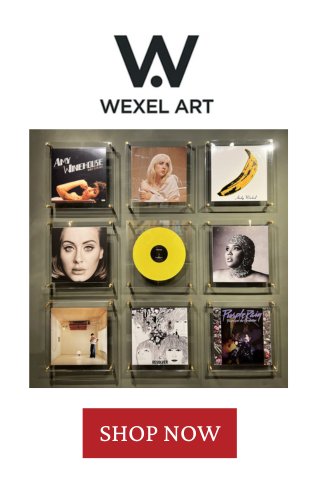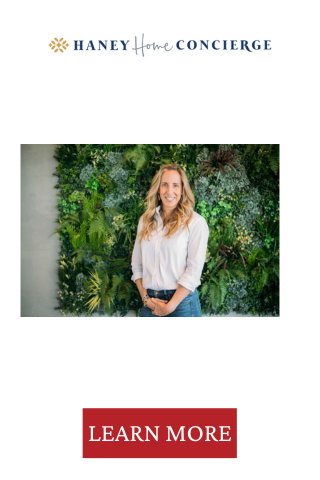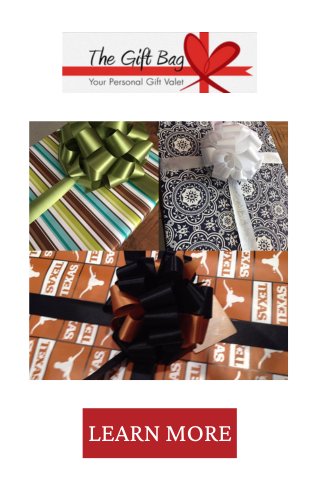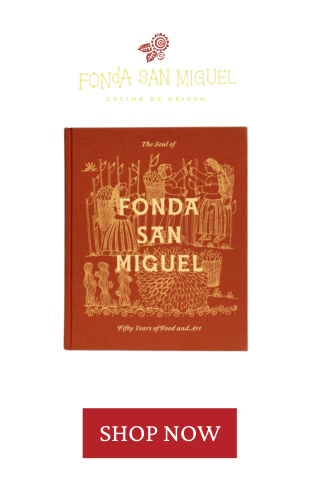How Austin’s Film Industry Helped Make New Film “Sister Aimee” A Reality

Heaven Sent
A spellbinding evangelist preacher. A pioneer of early broadcast marketing. A performer who gave the Broadway treatment to the Bible. A Canadian-American single mother and three-time divorcée. Only in Hollywood would a character like Aimee Semple McPherson have been absolutely real.
In 1926, at the peak of her fame, McPherson was reportedly kidnapped. Stories of her whereabouts were above-the-fold news nationwide, and rumors flew until her reappearance in Mexico five weeks after she vanished from a Santa Monica beach. Despite grand jury inquiries, what really happened in the duration of her disappearance remains unconfirmed. It’s where the story allows for some creative license — and where Austin-based producer Bettina Barrow and actress Anna Margaret Hollyman pick up with “Sister Aimee.” In the dramatized account, McPherson (Hollyman) slinks past the Southern border with her exhausting lover, Kenny (Michael Mosley), and their rebel-with-a-cause guide Rey (Andrea Suarez Paz). Trouble inevitably ensues.

Barrow and Hollyman both have Texas ties but didn’t meet until 2015’s SXSW after having migrated from Los Angeles. Hollyman was a highlight of last year’s festival with “Maude,” a short film she wrote, directed and starred in, and Barrow has been producing here in partnership with Lily Rabe and their company, Kill Claudio Productions, since 2016. Barrow and Hollyman return to SXSW this year with “Sister Aimee,” their first feature film together.
The movie, which premiered at Sundance, is an objectively wonderful piece of independent art. It’s also a colossal testament to Austin’s filmmaking community. “ ‘Sister Aimee’ is an Austin movie,” says Hollyman, who added the film couldn’t have happened without local support. “It’s not easy to make a film,” Barrow adds, “but I can’t imagine a place that makes it easier on you than Austin, Texas.”
I caught up with Hollyman and Barrow to talk about their working relationship, the new film and how Austin answered their filmmaking prayers.
Hannah Morrow: How was Sundance?
Anna Margaret Hollyman: So fun! We were just talking about it. Bettina had to be there for over a week. How many days were you there?
Bettina Barrow: Yeah, I was there for 10 days.
HM: I didn’t know it was that much of a production.
AMH: When you’re an actor you can just fly in, fly out — I flew in Thursday and flew out Monday, and it felt really long to me. I kept looking at on Instagram like — she’s stuck in Park City! She’s in the vortex!

HM: The main purpose of these festivals is to find a distributor, right? Is that why producers and directors are there longer than the actors? Can you tell me about that process?
BB: Not all festivals — Sundance is really where distributors from L.A. and New York go to buy movies. The independent films have obviously been made independent of a studio or a distributor, so your goal going in is to sell the movie. You typically stay the whole time when you’re on the production side to be with the filmmakers, because these festivals are also really about supporting the writers and directors.
AMH: I feel like being a producer at Sundance, the point is to stick around as long as possible to meet other filmmakers or industry people. Producers also have so many projects on deck, so it’s good to get their next project out there as well. Nothing happens without producers.
BB: I had a ton of meetings with production companies and other filmmakers for subsequent projects.
HM: How does SXSW compare?
BB: South by is an awesome festival and also one of the most exciting festivals in a lot of ways. “Sister Aimee” is an Austin movie. Anna Margaret is obviously our lead, and we have so many other great supporting roles that were local actors, plus our producers and our incredible crew.
HM: You shot the bulk of the film here, right?
BB: Right. We shot three weeks and then the last week in New Mexico. It was incredible. Hollyman and Barrow met in 2015 and have worked together on two projects. Both women happen to be pregnant with their second child.
HM: Anna Margaret, you’re the one who first introduced writer-directors Marie Schlingmann and Samantha Buck to the story of Aimee Semple.

AMH: Yeah. I worked on a short with Sam and Marie in Dallas a couple years back called “The Mink Catcher.” I brought up Sister Aimee when they were visiting me out in Los Angeles — I was talking about my fascination with L.A. and how history is everywhere but it fades into the background. But there’s this huge temple right on Echo Park Lake and you’ve seen it a million times if you’re driving down Sunset — it’s called the Angelus Temple. It was Sister Aimee Semple McPherson’s congregation. The movie covers a very specific portion of her life, which was outrageous and scandalous, but her entire life’s work is just overwhelming. There’s so much to mine there. So I think I unintentionally planted the seed and was like, you know you can’t walk from Aimee now! Sam and Marie did an amazing job on “The Mink Catcher,” and then Bettina came on board when they began working on a feature based on the short called “The Big D.” I had a sneaking suspicion they would get along, and I was like, “You know, Bettina will understand script better than anybody, I think, as a producer.”
BB: Aw.
AMH: I mean, truly. So the three of them at a certain point decided to take on “Sister Aimee.”
HM: The interesting thing about “Sister Aimee” is, even though it is a period piece, it doesn’t necessarily feel super-nostalgic. The film is framed in the ’20s, but the narrative runs much larger than just that decade.
“
We couldn’t have done it anywhere besides Austin.
AMH: Yeah. I think it’s pretty amazing what they’ve achieved. When we were on set and doing the work — I hate using that term, “doing the work” — but now, just because of what’s happening in our nation’s culture, it’s kind of remarkable how many themes they managed to explore. You know, there’s this disappearance but also somehow weaving in the Mexican Revolution and this very specific time of Mexican history when they were killing Catholics. They really have an uncanny ability to write a compelling period-piece script, taking on a topic that plays in the past and threading the zeitgeist of our time throughout it.
BB: It feels really timely.
HM: The film is also a lot of genres — Western, romance, comedy, drama, musical.
BB: From the producing side, it’s kind of an epic movie to make on our budget level. It meant shooting a super-old car; it meant a stage for a musical; it meant guns for the Western. We needed wide-open spaces; we needed confined spaces. To make it work aesthetically as well as in our budget was difficult, but we had an incredible production designer, Jonathan Rudak and director of photography, Carlos Valdes-Lora. The production value looks so high in a large part, in my opinion, because of them. We also had so much support from Austin in every way. That was the only way we were willing to do it. We couldn’t have done it anywhere besides Austin.
AMH: It’s getting harder to shoot in Texas, and there’s less and less production happening in a lot of ways. Everything about this project begins and ends with the script. Everyone who read it had the same response: It’s one of the most compelling, page-turning scripts. I do think so many people came on in good faith in a way that truly only Texans do. There may be a lack of industry in a lot of ways here, comparatively to L.A. and New York, but Texans and their generous response to this movie were the reason it happened.
 BB: I think the benefit of being away from the noise of the industry is that you actually do get to hear notes and ideas from filmmakers and writers in a way that is very sincere. Sometimes when you’re in Los Angeles, you can feel like you exist in a vacuum, because everyone is doing the same thing. Here, where everyone has a different style or tone, you can objectively come together and help.
BB: I think the benefit of being away from the noise of the industry is that you actually do get to hear notes and ideas from filmmakers and writers in a way that is very sincere. Sometimes when you’re in Los Angeles, you can feel like you exist in a vacuum, because everyone is doing the same thing. Here, where everyone has a different style or tone, you can objectively come together and help.
AMH: For all the challenges of it not being the base of the industry — there’s always this feeling like maybe you’re missing out on something or that all the opportunity is out there — the reality is that it allows you to create something pretty unique without the noise of what’s happening at the time. No one telling you, “That’s not selling right now.”
BB: To be able to play at Sundance and SXSW the last two years with Austin-based productions makes us feel like — we must be doing something right. Oh no, we’re going to sound like real assholes.
This interview has been edited and condensed for clarity.








